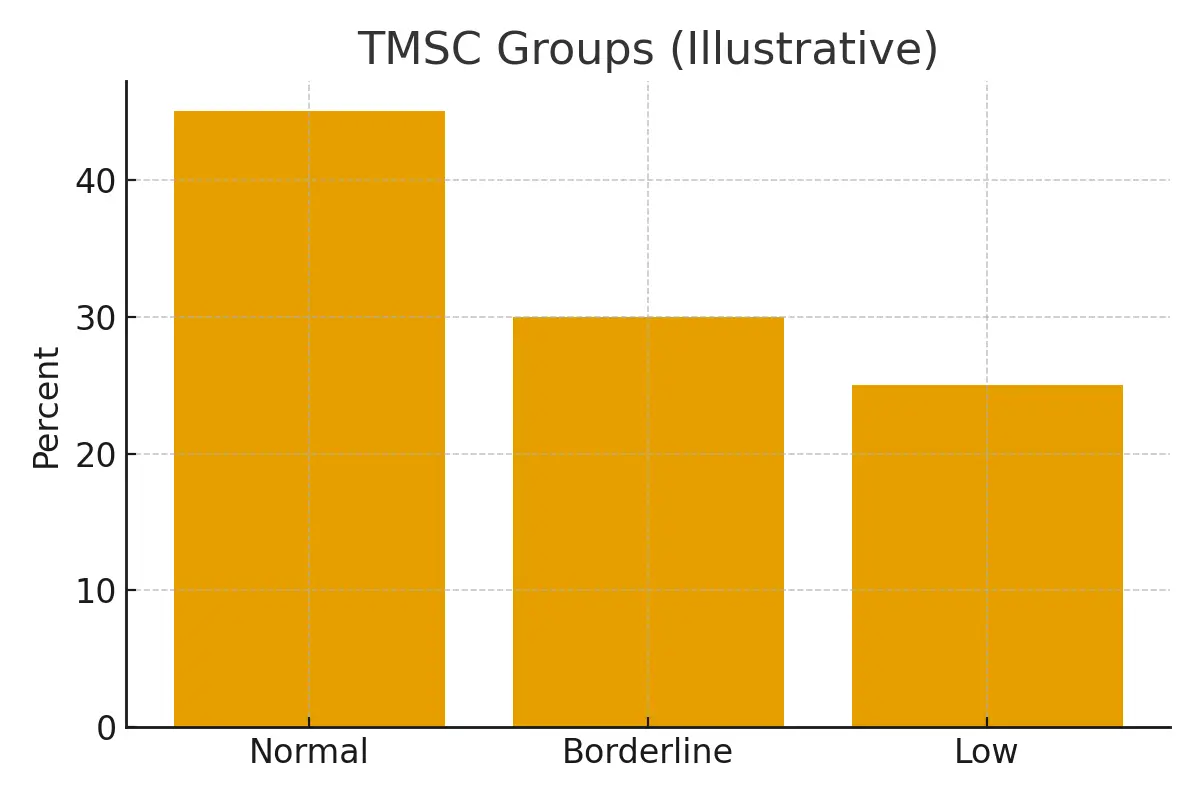
A plain-English guide to how sperm is processed for IUI, IVF, and ICSI. You’ll learn where each method fits, what each technique changes, and how upstream factors—like raw semen quality, abstinence timing, and DNA fragmentation—directly influence downstream results such as motility, fertilization rates, and embryo development.
We break down the strengths and limitations of each method without jargon, so you understand why the lab selects a specific approach for your case.
Who It Helps
This guide is useful for:
- Couples preparing for IUI or IVF who want to understand how sperm will be processed
- Men with borderline motility, morphology, or volume
- Cases where DNA fragmentation, viscosity, or debris complicate preparation
- Anyone deciding whether to request a specific preparation method
Swim-Up tends to fit best when:
- Motility is normal or only mildly reduced
- Semen is clean with minimal debris
- Morphology is within reasonable range
- The goal is selecting the highest-motility fraction for IUI or IVF
- You want a gentler processing method
Density Gradient may be better when:
- Motility is low (asthenozoospermia)
- There is significant debris, white blood cells, or dead sperm
- Morphology is poor
- DNA fragmentation is elevated
- Volume or viscosity is high
- Preparing samples for ICSI or difficult IVF cases
Signals that guide fit include age, semen history, TMSC, DNA fragmentation, imaging (e.g., varicocele), hormonal profile, and prior response to preparation techniques.
Step-by-Step
A simple, structured pathway with timing checkpoints to protect embryo quality and reduce stress:
1. Baseline Testing (Cycle 0)
Full semen analysis, TMSC, morphology, viscosity, and DNA fragmentation.
2. Upstream Optimization (6–8 weeks)
Before choosing a sperm prep method, labs improve outcomes by addressing:
sleep, heat exposure, age-adjusted abstinence timing, antioxidants (if indicated), hydration, and lifestyle factors.
3. Lab Review & Method Selection
The embryology team assesses sperm quality and selects Swim-Up or Density Gradient based on motility, debris levels, and treatment type (IUI vs IVF/ICSI).
4A. Swim-Up Path
Used for high-quality samples; isolates the most motile, progressive sperm with minimal handling.
4B. Density Gradient Path
Preferred for low-quality or complex samples; removes debris and isolates viable sperm through layer separation.
5. Final Preparation
Post-wash TMSC and motility confirmed before IUI or insemination/ICSI.
Pros & Cons
Swim-Up — Pros
- Very clean sample with high progressive motility
- Gentle preparation—less mechanical stress
- Useful for IUI with good baseline semen quality
- Produces a highly selected sperm fraction
Swim-Up — Cons
- Not suitable for low-motility or high-debris samples
- Lower yield compared to density gradient
- Can fail if baseline semen quality is poor
Density Gradient — Pros
- Works well with low-motility or highly contaminated samples
- High yield of viable, morphologically normal sperm
- Reduces DNA fragmentation and removes toxins/debris
- Ideal for IVF/ICSI when quality must be optimized
Density Gradient — Cons
- More steps and slightly higher cost
- Some mechanical stress on sperm
- Final sample may have moderate motility but is enriched for healthy cells
Costs & Logistics
We simplify costs into clear line items :
- Sperm prep charges for Swim-Up vs Density Gradient
- Semen analysis repeat testing
- DNA fragmentation (when indicated)
- IUI or IVF/ICSI-related lab fees
We also support you with :
- Insurance checks and prior authorization guidance
- Cost comparisons between preparation methods
- Simple cash-flow planning
- Tracking tools to avoid surprise bills
What Improves Outcomes
High-impact actions:
- Correcting abstinence interval (2–3 days)
- Heat exposure reduction (baths, laptops, tight clothing)
- Addressing varicocele when criteria are met
- Targeted antioxidants for oxidative stress
- Improving hydration and lifestyle patterns
- Choosing the right prep method based on data, not guesswork
Low-impact / rarely helpful:
- Requesting Swim-Up for low TMSC samples
- Repeating IUIs without reviewing preparation results
- Taking random supplements without lab guidance
- Skipping DNA fragmentation testing when labs suggest oxidative stress
Case Study
A 36-year-old male had two failed IUIs using Swim-Up preparation.
His semen showed:
- Low motility
- High debris
- Borderline DNA fragmentation
Plan:
- Switch preparation from Swim-Up to Density Gradient
- Add an 8-week oxidative stress reduction plan
- Correct abstinence timing (reduced from 7 days to 2 days)
Result:
Post-wash TMSC improved significantly.
The couple transitioned to IVF with ICSI using Density Gradient preparation, resulting in higher fertilization rates and better embryo quality.
Clear thresholds and communication transformed uncertainty into a predictable path forward.
Mistakes to Avoid
- Requesting Swim-Up when baseline motility is poor
- Using Density Gradient unnecessarily for high-quality samples
- Relying on one semen test to choose prep method
- Ignoring DNA fragmentation or debris levels
- Skipping abstinence timing control before collection
- Assuming all labs prepare sperm the same way
FAQs
Q. Which method is better—Swim-Up or Density Gradient?
Ans : Neither is universally “better.” Each fits specific semen profiles and treatment types.
Q. Is Swim-Up only for good samples?
Ans : Yes—Swim-Up requires strong motility to work effectively.
Q. Why would a lab choose Density Gradient for IVF/ICSI?
Ans : It isolates the healthiest sperm and removes debris that could affect fertilization.
Q. Can sperm prep improve DNA fragmentation?
Ans : Yes—Density Gradient often reduces fragmentation by filtering damaged sperm.
Q. Do both methods work for IUI?
Ans : Yes, but the choice depends on TMSC, motility, and debris levels.
Next Step
- Free 15-min nurse consult
- Upload labs for personalized review
- Transparent cost breakdown tailored to your case
Related Links

Dr. Kulsoom Baloch
Dr. Kulsoom Baloch is a dedicated donor coordinator at Egg Donors, leveraging her extensive background in medicine and public health. She holds an MBBS from Ziauddin University, Pakistan, and an MPH from Hofstra University, New York. With three years of clinical experience at prominent hospitals in Karachi, Pakistan, Dr. Baloch has honed her skills in patient care and medical research.




